- Key Takeaways
- What Is Op Art?
- 1.Key Characteristics of Op Art
- 1.
- The History of Op Art
- 2.The 1965 “Responsive Eye” Exhibition
- 2.
- 5 Famous Op Art Paintings
- 3.1. Victor Vasarely – Vega-Nor
- 4.2. Bridget Riley – Movement in Squares
- 5.3. Jesús Rafael Soto – Penetrables
- 6.4. Richard Anuszkiewicz – Deep Magenta Square
- 7.5. Carlos Cruz-Diez – Physichromies
- 3.
- The Influence of Op Art
- 8.The Connection of Op Art to Psychology
- 9.Op Art in Digital and Interactive Art Today
- 8.
Have you ever looked at a picture that made your eyes feel weird—like it was moving, warping, or playing tricks on you? That’s Op Art, and it’s designed to mess with your brain. Artists use bold patterns, high-contrast colors, and sneaky optical illusions to create art that almost feels alive. It can be super cool… or super dizzying.
As Bridget Riley, one of Op Art’s most famous artists, puts it,
"I'm interested in how the eye perceives and interprets patterns."
And that’s exactly what this art style is all about—tricking your vision in the most fascinating way.
But how does it work? And why do some people love it while others can’t stand it? Let’s break down the magic (and the science) behind Op Art and why it’s more than just a funky headache waiting to happen.
Key Takeaways
Op Art uses patterns, colors, and contrast to create optical illusions.
It makes still images appear to move, vibrate, or shift before the viewer’s eyes.
The movement was influenced by Bauhaus design and Gestalt psychology.
The 1965 “Responsive Eye” exhibition helped bring Op Art into the mainstream.
It connects to vision science, exploring how the brain processes visual information.
Today, Op Art inspires digital art, animation, and interactive media.
What Is Op Art?
Op Art, short for Optical Art, is a style of abstract art that plays tricks on your eyes. It uses precise patterns, bold colors, and strong contrasts to create optical illusions. When you look at an Op Art piece, it might seem like it's moving, vibrating, or shifting, even though it's completely still.
This happens because of the way our brains process visual information. Certain patterns can confuse our eyes, making us see depth, motion, or flashing effects that aren’t really there. Op Art artists carefully design their work to create these mind-bending effects. It turns simple shapes into something dynamic and alive.
Key Characteristics of Op Art
Op Art is a style of abstract art that uses patterns, colors, and contrasts to create visual effects that trick the eye. Instead of depicting objects or scenes, it focuses on precise designs that create the illusion of movement, depth, or vibration. By carefully arranging lines, shapes, and colors, artists make static images feel dynamic and almost alive. Here are the key elements that define this style.
Optical Illusions
Op Art is built on visual tricks that make patterns seem to move, flicker, or shift when viewed. These effects play with depth, perspective, and contrast to confuse the eye.
Black, White & Bold Contrasts
Black and white are commonly used to maximize optical effects, but some artists incorporate bright, bold colors to enhance the illusion of motion or depth.
Geometric Precision
Lines, grids, waves, and repeating shapes are carefully calculated to create hypnotic effects. Every detail is placed with mathematical accuracy.
No People, Just Patterns
Unlike traditional art, Op Art doesn’t represent people, landscapes, or objects. It’s purely abstract, focusing on form and perception rather than storytelling.
Op Art isn’t just about aesthetics—it’s an exploration of how the human eye perceives patterns. The result is an art form that feels energetic, engaging, and sometimes even mind-bending.

The History of Op Art
Op Art emerged in the 1950s and 1960s as part of modern abstract movements that explored perception, movement, and visual effects. Artists were fascinated by how the eye and brain process images. It led them to experiment with patterns, contrasts, and geometric precision, similar to geometric art, to create optical illusions.
Op Art was heavily influenced by the Bauhaus movement. It was a groundbreaking art school that emphasized simplicity, geometric forms, and the connection between art and science. Bauhaus artists believed in using precise design principles to create visually striking compositions, a concept that Op Art later embraced.
Another key influence was Gestalt psychology, which studies how people perceive patterns and organize visual information. Op Art artists used this understanding to manipulate depth, contrast, and figure-ground relationships. It makes viewers see motion or distortion in static images.
The 1965 “Responsive Eye” Exhibition
Op Art had been developing for years. However, it gained international attention with the 1965 exhibition “The Responsive Eye” at the Museum of Modern Art (MoMA) in New York. This show featured works by leading Op Art artists like Bridget Riley and Victor Vasarely. It showcased how patterns and contrasts could create stunning optical effects. The exhibition was a major success. It brought Op Art into mainstream culture and influenced fashion, design, and advertising.
By the 1960s, Op Art wasn’t just an art movement—it was a cultural phenomenon. It blends science, design, and visual magic into one mind-bending experience.
5 Famous Op Art Paintings
Op Art has produced some of the most visually striking and mind-bending artworks in modern history. Artists create pieces that seem to move, shift, or pulse before the viewer’s eyes, by carefully manipulating patterns, shapes, and colors. Here are some of the most famous Op Art works that define the movement.
1. Victor Vasarely – Vega-Nor
Victor Vasarely, often called the "father of Op Art," was a pioneer in using geometric forms to create optical illusions. Vega-Nor is one of his most well-known pieces.

This style of a painting features a distorted grid that appears to bulge outward like a three-dimensional sphere. The artwork plays with depth and contrast and tricks the eye into seeing movement where there is none.
2. Bridget Riley – Movement in Squares
Bridget Riley is one of the most influential figures in Op Art, and Movement in Squares is a perfect example of her ability to create visual motion. In this 1961 piece, she arranges a series of black-and-white squares in a way that makes the image appear as if it’s bending inward.

The gradual shift in size and spacing produces a mesmerizing effect. It demonstrates how simple shapes can create dynamic illusions.
3. Jesús Rafael Soto – Penetrables
Jesús Rafael Soto pushed Op Art beyond the canvas. He brought it into three-dimensional space. His Penetrables are interactive installations made of hanging rods or strings that move as people walk through them.

These works not only create optical effects but also engage the viewer physically. This which is similar to installation art blurred the line between art and environment.
4. Richard Anuszkiewicz – Deep Magenta Square
Richard Anuszkiewicz explored the relationship between color and perception. He created bold, glowing compositions. Deep Magenta Square is a striking example. This acrylic painting features bright, contrasting colors arranged in precise geometric patterns.

The interplay of colors makes the image appear to vibrate or pulse. This shows how Op Art can create movement without any actual motion.
5. Carlos Cruz-Diez – Physichromies
Carlos Cruz-Diez took Op Art in a unique direction by focusing on how color changes depending on the viewer’s perspective. His Physichromies are made up of parallel strips of color that shift and blend as the observer moves.

This creates a constantly changing experience and proves that perception is never static.
These artworks and artists helped define Op Art as a movement that continues to inspire and challenge how we see the world. Whether on canvas, in installations, or through color experiments, Op Art remains a fascinating exploration of vision and illusion.
The Influence of Op Art
Op Art didn’t just change how we see art—it changed how we see the world. From high fashion to digital screens, its illusions still shape the way we experience visual design. Op Art challenged the way people see and experience visuals, by playing with perception. It influences everything from clothing to digital art.
During the 1960s, Op Art exploded into popular culture, especially in fashion and advertising. Designers like Mary Quant and Pierre Cardin incorporated Op Art patterns into clothing. They created eye-catching, futuristic looks. Black-and-white geometric dresses and bold, psychedelic prints became a signature of the era. In graphic design, Op Art’s high-contrast aesthetics influenced posters, album covers, and brand logos. It made visuals appear dynamic and modern. Advertisers also used Op Art effects to grab attention. They relied on optical tricks to make products stand out.
The Connection of Op Art to Psychology
At its core, Op Art is deeply connected to how the brain processes visual information. Artists used principles from Gestalt psychology and vision science to create illusions of depth, movement, and vibration. They explored how the human eye perceives patterns, by manipulating contrast, spacing, and shapes. Scientists and psychologists even studied Op Art to better understand optical perception. They used these illusions to learn more about depth perception, motion sensitivity, and how the brain organizes visual input.
Op Art in Digital and Interactive Art Today
Op Art’s influence continues in the digital age, where technology allows artists to push optical illusions even further. Interactive and digital artists use animation, augmented reality (AR), and virtual reality (VR) to create immersive experiences inspired by Op Art’s effects. Websites, apps, and digital advertisements often use Op Art-inspired visuals to engage users. Even video games incorporate optical illusions. They create environments that distort perception and play with the viewer’s sense of space.
Op Art’s legacy proves that visual tricks and illusions aren’t just an artistic style—they’re a fundamental part of how humans see the world. From fashion runways to digital screens, its influence remains stronger than ever.
Conclusion
Op Art isn’t just about bold patterns and optical tricks—it’s a movement that challenges how we see and experience the world. By carefully arranging shapes, contrasts, and colors, artists create illusions that make still images feel alive. This unique blend of art and science has influenced everything from fashion and advertising to digital and interactive media, proving that Op Art is far more than a passing trend.
As Op Artist Richard Anuszkiewicz once said,
"I'm interested in creating illusions, in playing with the viewer's perception of reality."
And that’s exactly what Op Art continues to do. Op Art reminds us that seeing isn’t always believing. Whether on a canvas, a screen, or even in the clothes we wear, it challenges us to rethink perception itself.
Frequently Asked Questions
What does Op stand for in Op Art?
Op stands for "Optical", meaning it’s art that plays with how our eyes and brain see things. Op Art uses patterns, colors, and shapes to create optical illusions.
Who is the father of Op Art?
Victor Vasarely is often called the father of Op Art. He created geometric patterns and shapes that made flat images look like they were moving or three-dimensional.
How is Op Art different from Pop Art?
Op Art focuses on optical illusions and movement, while Pop Art is about popular culture, advertising, and bold, recognizable images like comic strips and celebrities.
Why does Op Art make images look like they move?
Op Art tricks the eye by using contrasting colors, repeating patterns, and precise geometric shapes. These elements confuse the brain, making it seem like the image is moving, vibrating, or shifting.
Is Op Art still popular today?
Yes! Op Art continues to inspire fashion, graphic design, and digital art. Many modern artists use its techniques to create eye-catching visuals, and Op Art remains a favorite for those who love optical illusions.
George, CEO of Photo2painting, is a passionate art lover and entrepreneur. He founded Photo2painting.com from scratch, inspired by his artist friends. As the company's CMO, he manages content and marketing.
Excellent Customer Reviews

















































































































































